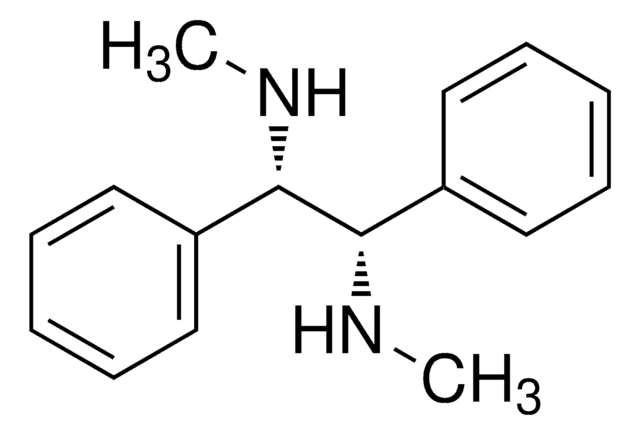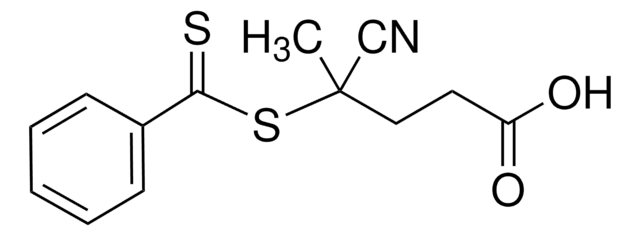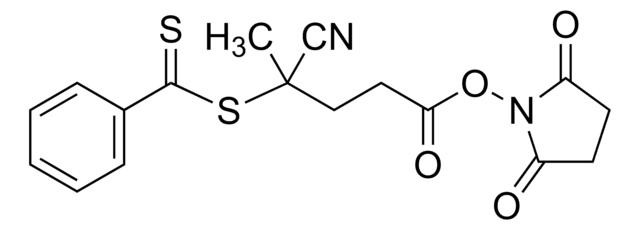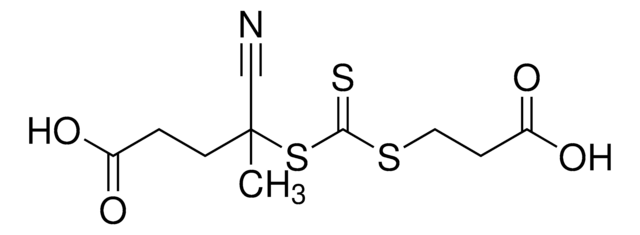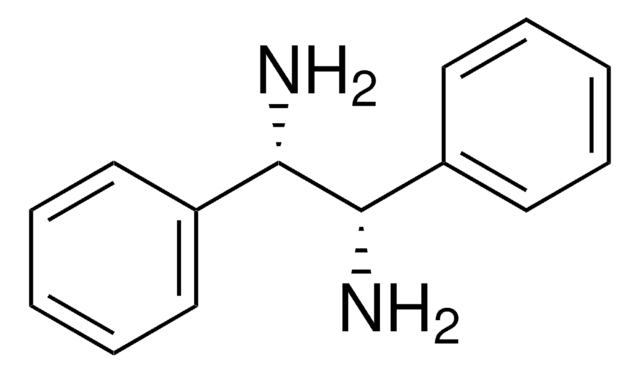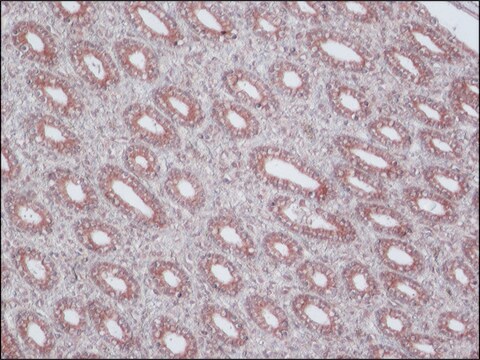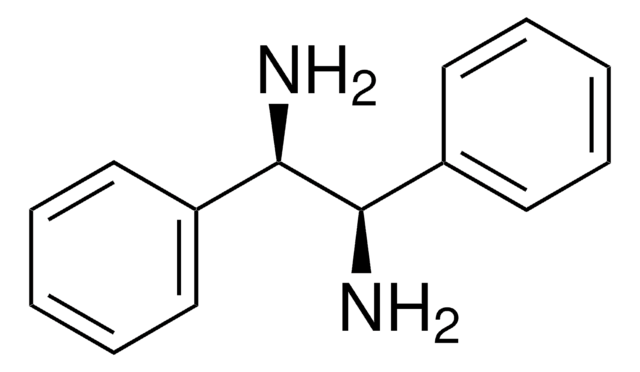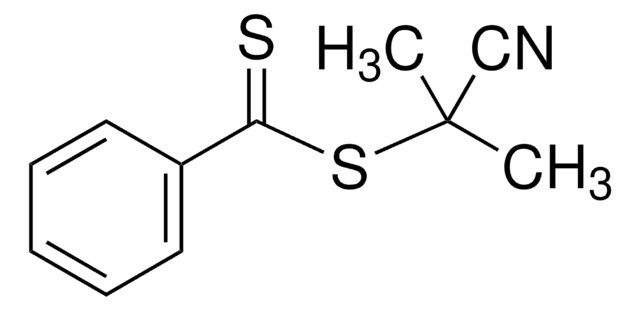765147
2-Nitro-5-(2-propynyloxy)benzyl 4-cyano-4-(phenylcarbonothioylthio)pentanoate
97%
Sinônimo(s):
Clickable CTA, Light-sensitive clickable RAFT agent, RAFT agent
About This Item
Produtos recomendados
Ensaio
97%
forma
solid
pf
90-94 °C
temperatura de armazenamento
2-8°C
cadeia de caracteres SMILES
C#CCOC1=CC(COC(CCC(C)(C#N)SC(C2=CC=CC=C2)=S)=O)=C([N+]([O-])=O)C=C1
InChI
1S/C23H20N2O5S2/c1-3-13-29-19-9-10-20(25(27)28)18(14-19)15-30-21(26)11-12-23(2,16-24)32-22(31)17-7-5-4-6-8-17/h1,4-10,14H,11-13,15H2,2H3
chave InChI
IOYDTDXAMFFKOA-UHFFFAOYSA-N
Descrição geral
Aplicação
Palavra indicadora
Warning
Frases de perigo
Declarações de precaução
Classificações de perigo
Aquatic Acute 1 - Eye Irrit. 2 - Skin Sens. 1
Código de classe de armazenamento
11 - Combustible Solids
Classe de risco de água (WGK)
WGK 3
Ponto de fulgor (°F)
Not applicable
Ponto de fulgor (°C)
Not applicable
Escolha uma das versões mais recentes:
Certificados de análise (COA)
Não está vendo a versão correta?
Se precisar de uma versão específica, você pode procurar um certificado específico pelo número do lote ou da remessa.
Já possui este produto?
Encontre a documentação dos produtos que você adquiriu recentemente na biblioteca de documentos.
Os clientes também visualizaram
Artigos
The modification of biomacromolecules, such as peptides and proteins, through the attachment of synthetic polymers has led to a new family of highly advanced biomaterials with enhanced properties.
Nossa equipe de cientistas tem experiência em todas as áreas de pesquisa, incluindo Life Sciences, ciência de materiais, síntese química, cromatografia, química analítica e muitas outras.
Entre em contato com a assistência técnica![Pentaerythritol tetrakis[2-(dodecylthiocarbonothioylthio)-2-methylpropionate] 97% (HPLC)](/deepweb/assets/sigmaaldrich/product/structures/234/301/a6e20d26-df1b-49c6-bdee-c98dd3488cc2/640/a6e20d26-df1b-49c6-bdee-c98dd3488cc2.png)
